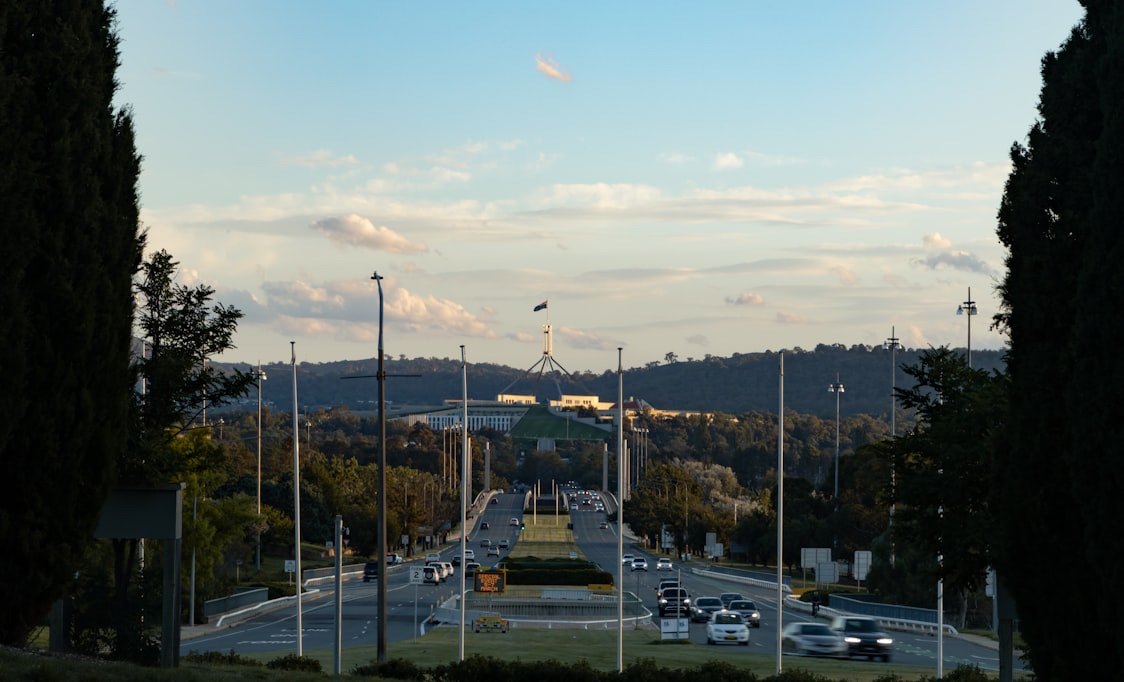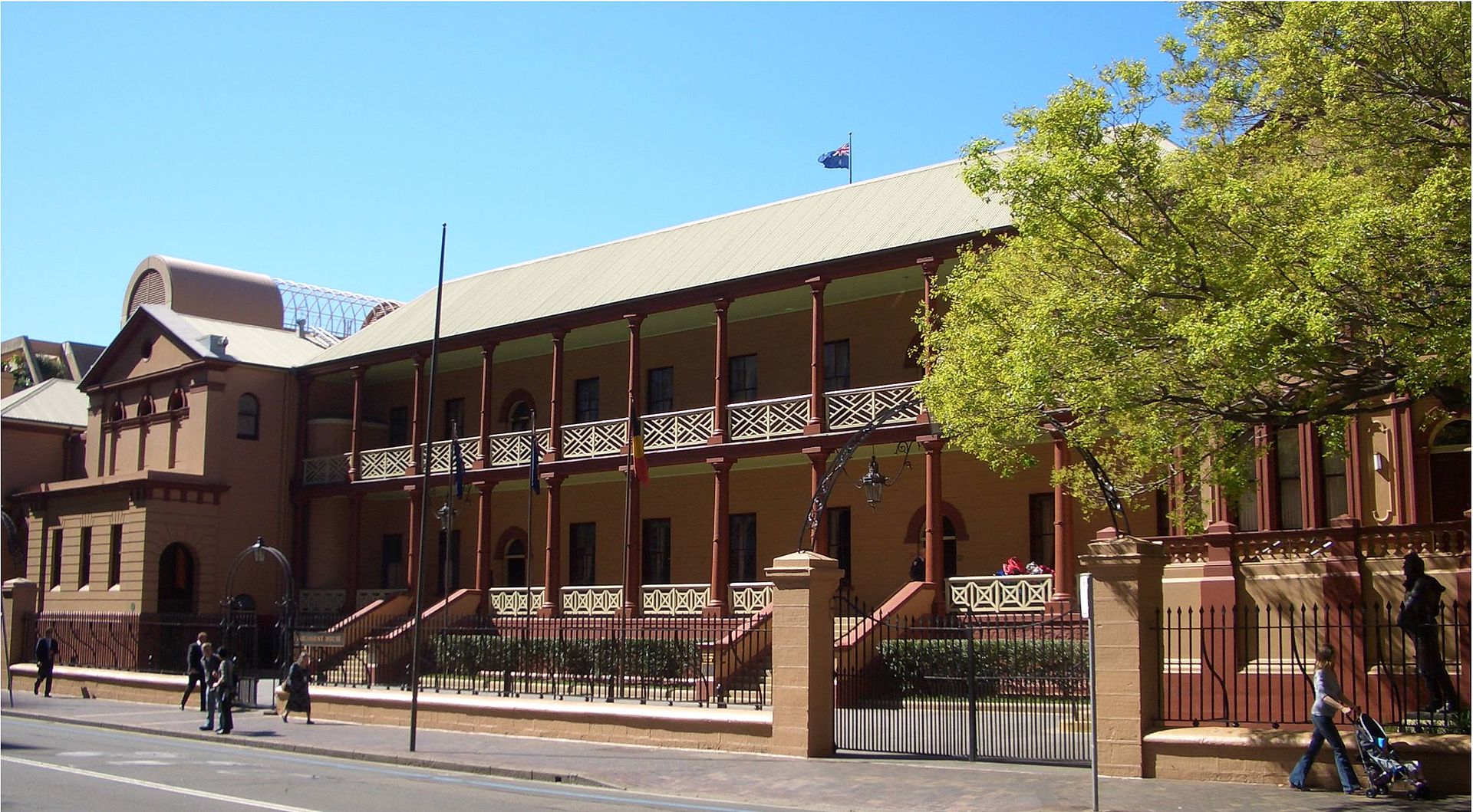Transport Minister Rita Saffioti today released an independent engineering assessment outlining the estimated cost of restoring each section of the Wheatbelt’s Tier 3 rail network.
The Tier 3 Grain Lines Engineering Review Report, undertaken by Agonis Group, provides detailed estimates of the cost to restore each line section of the Tier 3 network to a suitable condition for commercial operation, including the potential to upgrade some sections from narrow to standard gauge.
The Tier 3 rail lines, built in the early 1900s, were previously used to transport grain. They were privatised in 2000 as part of the freight rail network by the previous Liberal National Government and are now held by Arc Infrastructure.
Arc closed the Tier 3 rail lines in 2014 on the grounds that they were not commercially viable.
Since the closure of the Tier 3 rail lines, there has been an increase in freight volumes on local roads, compounding challenges in maintaining the roads to an acceptable standard.
The Tier 3 lines are in variable condition and any line section would need to be upgraded before being brought back into service.
The State Government’s Revitalising Agricultural Region Freight (RARF) Strategy identifies investment opportunities in the freight rail line network and outlines a list of prioritised rail and intermodal projects on the Tier 1 and 2 networks, which remain in use.
Since the release of the RARF Strategy, the State has been in discussion with Arc Infrastructure and the CBH Group to establish a shortlist of high priority projects on the Tier 1 and 2 rail networks.
Consultation while developing the Strategy showed strong sentiment among grain growers and local communities towards reinstating the Tier 3 railway lines.
Consultation with stakeholders will now also include the viability of potentially investing in the Tier 3 rail network, pending Infrastructure Australia assessment.
Subject to further discussions with stakeholders, the first upgrade proposals for the Tier 3 line currently being considered for business case preparation are:
- Quairading to York (estimated cost $110.91 million);
- Kulin (via Yilliminning) to Narrogin (estimated cost $164.41 million); and
- Kondinin (via Narembeen) to West Merredin (estimated cost $210.67 million narrow gauge or $238.08 million standard gauge).
The State Government has already lodged a submission with Infrastructure Australia to have improvements to Western Australia’s agricultural supply chain added to its Priority List.
Further work will now be undertaken to prepare business cases, for submission to Infrastructure Australia, assessing rail freight investment proposals on the Tier 1, 2 and 3 rail networks.
A copy of the engineering report is available here: https://www.transport.wa.gov.au/Freight-Ports/freight-on-rail.asp
As stated by Transport Minister Rita Saffioti:
“Every time I visit the Wheatbelt I hear from the local community and local councils about how important the Tier 3 rail lines are to them.
“We are committed to investigating any initiatives that could increase public safety by reducing the number of trucks on roads in regional WA, so earlier this year we commissioned an engineering report into the viability of re-opening the Tier 3 lines.
“While the engineering report confirms restoring the entire network would involve significant costs, there are arguably specific lines where the cost of investment could be offset by ongoing commercial and community benefits such as reduced truck volumes on local roads and cost savings to farmers.
“We’ll now work, in collaboration with CBH Group and Arc Infrastructure, on business cases to Infrastructure Australia examining the full suite of costs and benefits to government and industry of rail investment proposals on Tier 1, 2 and 3 lines.
“Submission of business cases to Infrastructure Australia could lay the groundwork for potential future funding partnerships with the Federal Government for rail freight investment.
“Significant funding contributions from the Federal Government – as per other major regional infrastructure projects – would be required for any potential Tier 3 restoration work in the future.”






